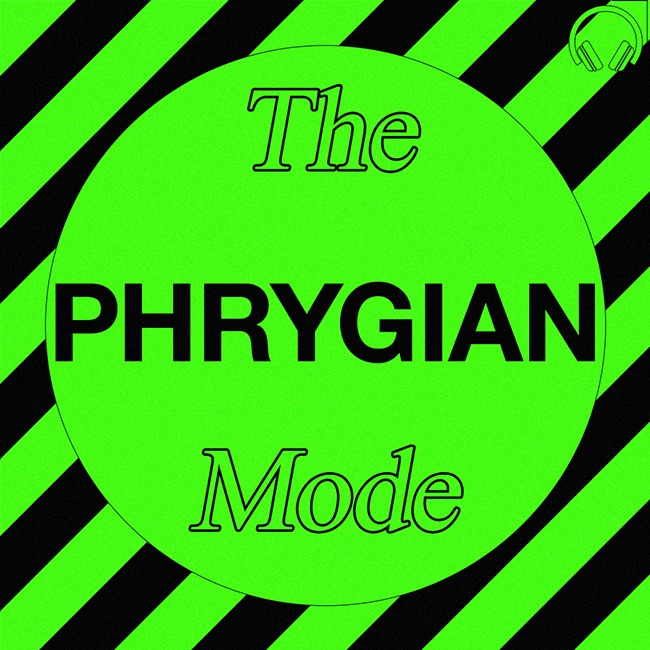As part of our series, we’re going to go over several of the most famous modes.
We’ll take a look at what makes them unique, what famous compositions utilize them, and most importantly how YOU can use them.
In this blog post we’ll be focusing on perhaps one of the lesser known modes; PHRYGIAN MODE.
It may not be utilised as frequently as modes such as Dorian or Mixolydian, but Phrygian has a very unique sound that will lend several emotions and responses towards a piece of music. Although it is used less in pop music, Phyrgian is very popular in Hip-Hop, Heavy Metal, and Electronic music, because of its menacing, aggressive, dark, but also exotic sound.
If the idea of modes, and theory in general, seem a little overwhelming, then be sure to check out our Beginner's Guide to Music Theory.
What makes this mode PHRYGIAN?
The simplest way to describe the Phrygian mode is this: a minor scale with a minor second.
Let's take the E minor scale. It consists of E, F, G, A, B, C, and D
To make it Phrygian, all we have to do is make the second note minor (lowering it one semitone) so that it becomes E, F, G, A, B, C, and D.
Another really simple way to remember the Phrygian mode is to start on E, and play the white notes only up to the next E. You are playing E Phrygian. This little trick of playing only the white notes actually applies to a lot of the modes, as we’ve found out throughout the series.
Phrygian gets its dark, aggressive and exotic sound from its relationship to the minor scale. Often at the start of a Phrygian piece, listeners will assume the piece is minor from the first few notes, only to be (satisfyingly) surprised that the sound goes in a completely different direction - one of modal music’s most satisfying aspects: the ability to usurp the listeners expectations.
Famous Songs in Phrygian
As we discussed earlier, due to Phrygian’s dark, menacing and exotic sound, it doesn’t tend to pop up in Pop music all too often. However, its aggressive sound actually suits a lot of genres, as we’ll find out now.
HUMBLE. - Kendrick Lamar
Humble’s simple-yet-effective piano melody is Phrygian in all its glory. This is the perfect example of Phyrgian being angry, abrasive and in your face. Kendrick’s no.1 hit single utilises Phrygian, so it clearly has crossover potential!
Gin & Juice - Snoop Dogg
Proving the notion that Hip-Hop loves Phrygian, this G-funk classic from 1993 also contains a menacing, gangsta sound which pairs itself perfectly with Snoops’ subject matter. Phrygian is most noticeable through the G funk whistle, which sails over the top of the track.
Pump It - The Black Eyed Peas
The real reason this track is in Phrygian is the sample it uses: Misirlou, by Dick Dale - originally a Greek folk song. This is where we can explore Phrygian’s more world music side. It lends the track a very Middle Eastern feeling, and although Middle Eastern scales aren’t quite the same as Phrygian, they’re similar enough to give the track a very exotic sound.
If you want find more songs in Phrygian, check out our Spotify playlist.
How can you use Phrygian?
Phrygian is the ultimate mode for making things sound menacing, ominous, yet exotic and otherworldly. If you’re working on tracks and want to implement this sort of feeling into the track, have a think about what mode you’re in. Usually switching to Phrygian will instantly give you results.
In many DAW’s, you can actually convert MIDI music into any mode you want. For example, using Ableton’s Scale MIDI effect, you can instantly transport your music from one mode to another, which can give your track new life, especially if you’ve been working on it for a while. This is a great cheat code to achieve the Phrygian mode without even having to think about it!
If you want to find out more about modes, be sure to check out our Beginner's Guide to Music Theory.

